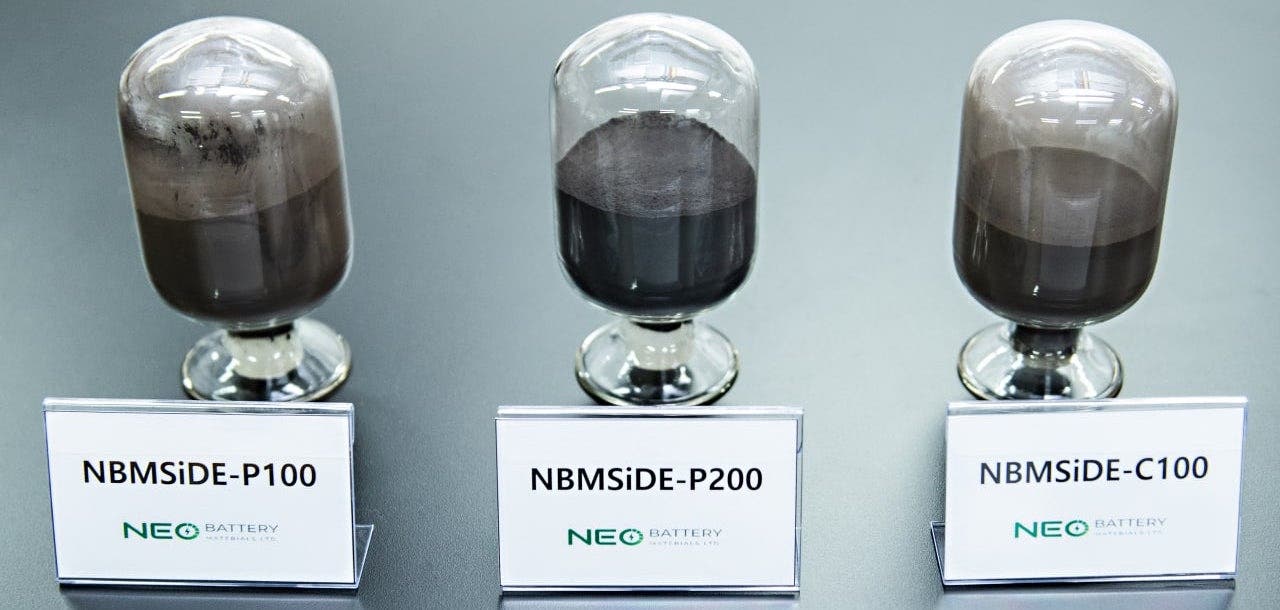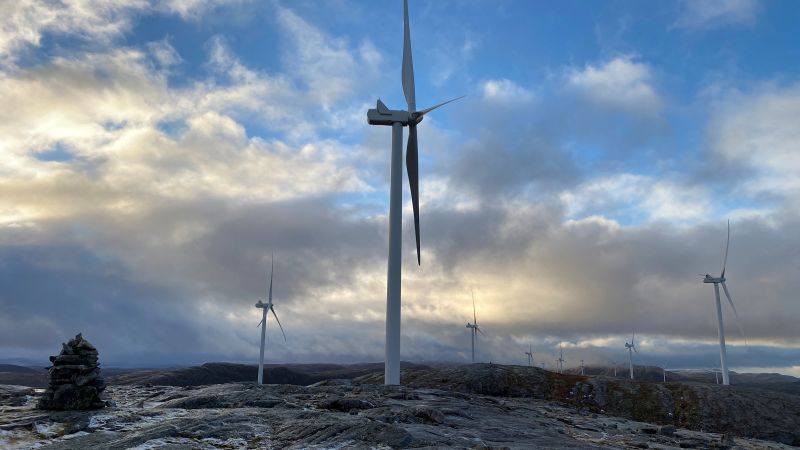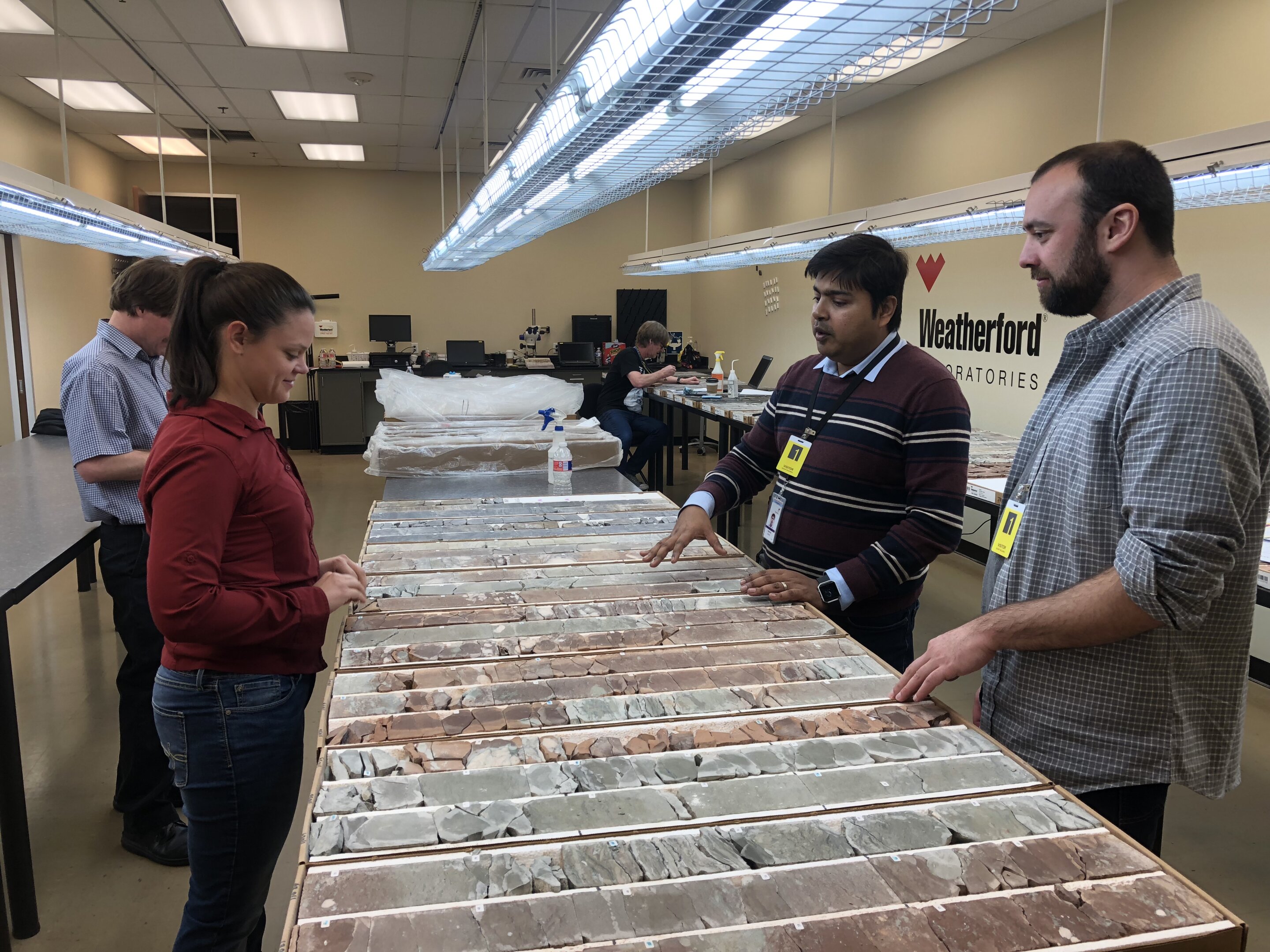All other things being equal, price beats every other factor in marketing success, add in increased performance and you've got a winner.
The silicon battery materials startup NEO Energy Materials is playing it close to the vest, but driving down the cost of EVs is the plan.

cleantechnica.com
The Next Big Silicon Battery Breakthrough Is So Mysterious
The silicon battery materials startup NEO Energy Materials is playing its next step close to the vest, but driving down the cost of electric vehicles is the plan.
The startup NEO Battery Materials set the Intertubes humming earlier this week when it announced a new mashup with a yet-to-be-named “Top U.S. University Spin-Out.” The agreement is aimed at ratcheting up the performance of NEO’s low-cost silicon battery anode. If all goes according to plan, there will be a huge impact on the cost of electric vehicle batteries. That’s all we know for now, so let the guessing begin: what university did NEO hook up with?
Silicon batteries are lithium-ion batteries tricked out with silicon to replace graphite. Graphite has long been the go-to material for lithium-ion batteries, but silicon offers the allure of longer life and
faster charging times along with lower costs, compared to conventional lithium-ion batteries.
The US Army, for one, is silicon-curious. It has been scouting new silicon battery technology on account of the potential for a significant
savings on weight, which is an important considerations for soldiers who are loaded with an increasing amount of electronic gear.
Weight savings is also a consideration for the electric vehicle makers.
BMW and General Motors are among the list of automakers staking a claim to
silicon-based energy storage.
There being no such thing as a free lunch, silicon battery researchers have had to overcome some significant challenges. In a 2017 state-of-play report the US Department of Energy described the main culprit, which involves the instability of the solid electrolyte interphase (SEI).
“The SEI is a film that forms on the anode active particles that inhibits or stops further reactions between the extremely low voltage lithiated anode and the electrolyte,” the Energy Department explained. “Without this film, or with a film that is not sufficiently passivating (as in silicon), these reactions proceed continuously, consuming Li [lithium] and leading to rapid capacity fade and short cell life.”
NEO’s contribution to the field is a set of three silicon anode materials fabricated through a proprietary fabrication process they call “single-step nanocoating.”
“NEO’s products have all achieved an initial coulombic efficiency (ICE) greater than 86%, and high specific capacity (>2500 mAh/g),” NEO expalins. “In addition, an ICE of 92% or higher can be attained when NEO’s silicon is mixed with existing graphite anodes.”
NEO also adds that its technology “significantly improves the life span and cycling stability compared to conventional metallurgical silicon-based particles.” The production line is still phasing up, and as of this writing NEO’s website indicates it is on track to produce its new anode materials at “semi-commercial scale.”
Meanwhile, the newly announced agreement with the yet-to-be-named university is aimed at achieving additional performance improvements by pairing NEO’s silicon anodes with the mystery school’s advanced polymer electrolyte.
NEO also points out that polymer electrolytes are non-flammable, providing for safety improvements.
Though apparently there is more work to be done, NEO is cautiously optimistic. “NEO and the Developer acknowledge that creative, yet fast-paced R&D and collaboration must occur to scale both Parties’ technologies into commercial-level products and outputs,” the company stated in its announcement.
So, who is the lucky top university spin-off? If you have a guess, drop us a note in the comment thread.
There is plenty to guess from. For example, in 2019 a team of researchers at Penn State University reported on their work towards a “supremely elastic gel polymer electrolyte” designed to help stabilize silicon anodes and prevent them from cracking.
A sneak peak at NEO’s silicon battery science advisory board could provide some more clues.
Board member Dr. Jinhyuk Lee, for example, holds degrees from MIT and UC-Berkeley among many (many, many) career achievements. He is currently an assistant professor at McGill University.
Following the trail of academic connections, we see that the Balsara lab at UC-Berkeley specializes in polymer electrolytes.
“Based on our patents, group alumni have cofounded two battery start-up companies: Seeo (founded in 2007) and Blue Current (founded in 2014),” the lab states on its website.
CleanTechnica caught wind of Seeo in 2014 but its energy storage tech hasn’t crossed our radar since 2015, when it was acquired by Bosch. If you have any idea what happened to it, let us know.
Blue Current is new to the CleanTechnica radar, so we have some catching up to do. “The company manufactures 100% dry, safe and high performance silicon elastic composite solid-state batteries to power the new energy economy including electric vehicles, grid storage and consumer electronics,” the company states on its website. It is also hiring, by the way.
The plot thickens when you consider that Blue Current is partners in the Energy Department’s energy storage research hub JCESR, which is short for Joint Center for Energy Storage Research. The consortium launched in 2012 during the Obama administration with Argonne National Laboratory at the helm. In a 2017 recap, JCESR highlighted three startups that leveraged JCESR energy storage properties, including Blue Current as well as the polymer membrane specialist Sepion and the long duration energy storage company Form Energy, which is setting up a new factory in West Virginia.
Still more thickening of the plot occurred last December 22, when Businesswire distributed a press release that apparently speaks for JCESR, Argonne, and Blue Current all at once. The release credits JCESR for enabling Blue Current to “develop a safe, solid-state battery that is ready for megawatt-scale manufacturing.”
The press release notes that Blue Current’s composite electrolyte eliminates the need for metal plates and bolts, and that the target market is electric vehicles.
“As part of rigorous safety testing, the company subjected its cells to harsh conditions that electric vehicles could encounter in the real world. Thermal runaway — an overheating event that can lead to fires — never occurred,” the release emphasizes.
Woke, Schmoke
To be clear, all of this is speculation. Take a look at NEO’s scientific advisory board to see more connections with other top universities in the US, any one of which could have a spinoff in play.
On the other hand, it would be deliciously ironic if Blue Current actually is the to-be-named spinoff hooking up with NEO. That’s because a branch of Koch Industries has put up the big bucks to launch Blue Current’s first factory, a 22,000-square-foot facility to be located in Hayward, California.
That would be the same Koch Industries upon which CleanTechnica has spilled plenty of ink, along with many other news organizations, involving the sprawling company’s fossil energy activities.
Various Koch family members have earned a reputation for fueling right-wing policy making up to and including the US Supreme Court. Koch Industries and its various other branches have also been reportedly funneling money into a multi-state effort to keep “woke capital” from funneling money into renewable energy ventures.
Nevertheless, last year Koch Strategic Platforms announced a $30 million investment in Blue Current.
Blue Current’s proprietary battery maximizes safety and performance, stabilizes temperature, and enables greater scalability across uses,” KSP noted in a press release dated April 22, 2022. “The fully dry high silicon elastic composite battery combines the mechanical properties of polymers with the ionic conductivity of glass ceramics.”
The announcement also cited KSP managing director Jeremy Bezdek, who said, “Solid-state battery technology will play a pivotal role in global energy transformation.”
“Our extensive diligence indicated that Blue Current has an advantaged intellectual property position that has the potential to be disruptive in the solid-state battery space,” Bezdek added.
It all makes sense when you consider that KSP has also invested in the startup REE, which plans to make waves with a flexible, skateboard-style electric vehicle platform.
Go figure.






